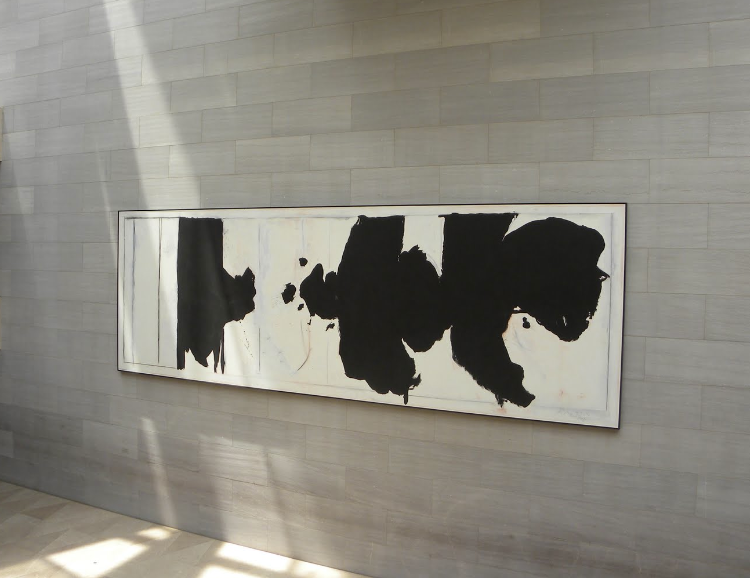Dora García’s Instant Narrative
* Mary Camille Beckman *
Before Dora García’s Instant Narrative was installed there, the apse of the local university art museum was the kind of space I’d cut through on my way somewhere else. The bathroom, the contemporary galleries upstairs, the auditorium in the basement. Nineteenth century American landscape paintings line the walls, visible between marble columns. The mood: quiet, cold. The mood: formal, save the rumpled students slouching through on their way, like me, elsewhere. Before Instant Narrative, I moved through the apse largely unnoticed and unnoticing.
Dora García’s Instant Narrative Read More »
* Mary Camille Beckman *
Before Dora García’s Instant Narrative was installed there, the apse of the local university art museum was the kind of space I’d cut through on my way somewhere else. The bathroom, the contemporary galleries upstairs, the auditorium in the basement. Nineteenth century American landscape paintings line the walls, visible between marble columns. The mood: quiet, cold. The mood: formal, save the rumpled students slouching through on their way, like me, elsewhere. Before Instant Narrative, I moved through the apse largely unnoticed and unnoticing.







